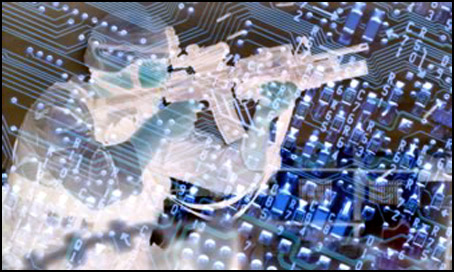
From Joseph Nye, Jr., the International Herald Tribune: The costs of developing multiple carrier taskforces and submarine fleets create enormous barriers to entry and make it possible to speak of U.S. naval dominance. In contrast, the barriers to entry in the cyber-domain are so low that nonstate actors and small states can play significant roles at low levels of cost. …
The largest powers are unlikely to be able to dominate this domain as much as they have others like sea, air or space.
While they have greater resources, they also have greater vulnerabilities, and at this stage, offense dominates defense in cyberspace. The United States, Russia, Britain, France and China have greater capacity than other state and nonstate actors, but it makes little sense to speak of dominance in cyberspace. If anything, dependence on complex cybersystems for support of military and economic activities creates vulnerabilities in large states that can be exploited. …
If one treats most hacktivism as mostly a nuisance, there are four major categories of cyberthreats to national security, each with a different time horizon and with different (in principle) solutions: 1) cyberwar and 2) economic espionage, both largely associated with states, and 3) cybercrime and 4) cyberterrorism, mostly associated with nonstate actors.
For the United States, at the present time, the highest costs come from the espionage and crime, but over the next decade or so, war and terrorism may become greater threats.
Moreover, as alliances and tactics evolve among different actors, the categories may increasingly overlap. As the former director of National Intelligence, Mike McConnell, said, “Sooner or later, terror groups will achieve cyber-sophistication. It’s like nuclear proliferation, only far easier.”
Joseph S. Nye Jr. is a professor at Harvard and the author, most recently, of “The Future of Power.” (photo: Defense Tech)
Image: cyber_warfare.jpg
